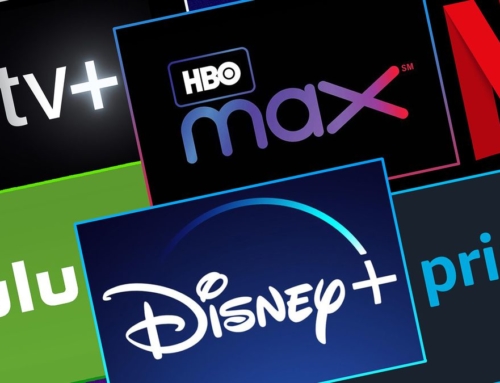
The Oscars have been struggling for years. Although the broadcast has still brought in big money from advertising year after year, viewership has been on a steady decline. Fewer people watching the Oscars every year, combined with the changing ways in which viewers consume media, has sent the Academy (and its broadcaster, ABC) scrambling. In an effort to attract more viewers, the Academy recently announced a series of changes to the awards ceremony that will take effect in 2019. Unfortunately, the response to these changes from those in the industry has been overwhelmingly negative. Here, you’ll find what changes have been made to the broadcast, along with the industry reaction to each amendment.
The first change coming to the Academy Awards will be unveiled this coming awards season, with the introduction of a new category. In 2019, the Oscars will introduce the “Popular Film” category. Specifically, the category will be known as “Outstanding Achievement in Popular Film.” However, the announcement of the new category has been met with harsh criticism from those in the film industry, who largely see the move as one that is pandering to audiences. Many see this is a cheap attempt for the Academy to rein in more viewers, and have criticized the move as one that could harm the prestigious reputation of the awards show. It doesn’t help that the Academy has yet to define what constitutes a popular film. It has been clarified, though, that films nominated in the “Popular Film” category will still be eligible for nomination in the “Best Picture” category.
This new category will also bring changes to the telecast itself. Although the televised ceremony will still retain its three hour length, some of the awards will be delivered during commercial breaks. No announcement has been made as to which categories will be removed from the broadcast, but speculation has made it seem as though the three short-film categories will take the hit. The winning moments from these categories will then be edited and aired later in the broadcast itself. Members of the board of the Academy said that this change is being introduced in an effort to “deliver a more accessible Oscars for our viewers worldwide,” which is essentially a polite way of saying that viewership has declined: the ceremony has bored audiences in recent years, while typically exceeding four hours in length. Although it has been suggested in previous years to reduce the length of the broadcast, many of the traditionalists on the Academy board pushed back against the idea. Recently however, many members of the board have either retired or moved on, which has allowed the Academy to introduce these experimental changes.
The final change, which could be seen as the most inconsequential, is the one that has ruffled the most feathers across the industry. Beginning in 2020, the Academy will move its telecast to earlier in the year. The broadcast has traditionally been held either at the end of February or beginning of March each year. However, as of 2020, the ceremony could take place as early as mid-January. Industry insiders say that this change in procedure could have the biggest effect on the film industry as a whole, especially for filmmakers and distributors who are based outside of the US. UK distributors have expressed specific concerns: they say that the change will cause a “log-jam” in the release of award-winning contenders. In changing what is known as the “awards corridor,” that is the period in which buzzworthy films are released, worldwide distributors will face challenges in finding the time to release Oscar-worthy films before the ceremony takes place.
All in all, it is clear that the Academy is desperate for viewers and has made these changes in an attempt to make the broadcast more appealing to those watching at home. However, in doing so, the Academy has effectively angered a large portion of the filmmaking industry. Still, this is not the first time that the Academy was weathered the tides of transition. For years the ceremony was held in late April until the Academy moved the date of the telecast to late February so as to restrict the intensity of lobbying and ad campaigns associated with Oscar season. It was around the time of this change that the telecast also moved to Sundays instead of Monday. At the time, the film industry criticized the Academy for making a move that could potentially disrupt the weekend box office. However, the Academy prevailed and the industry was left undisrupted. the Academy Awards are about to enter their 91st year of existence. Clearly, they aren’t going anywhere; the changes that are about to take place will represent a time of transition for the Academy as they adapt to the ways in which viewing habits have changed through the digital era. Although these changes may create issues for filmmakers and distributors in the beginning, the ceremony is sure to retain its prominent role in the film industry.










